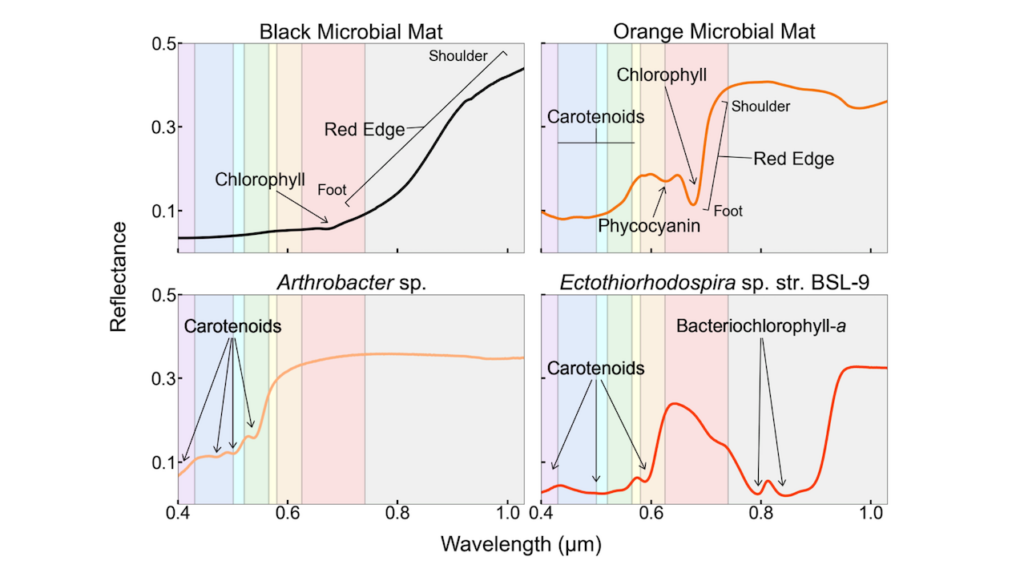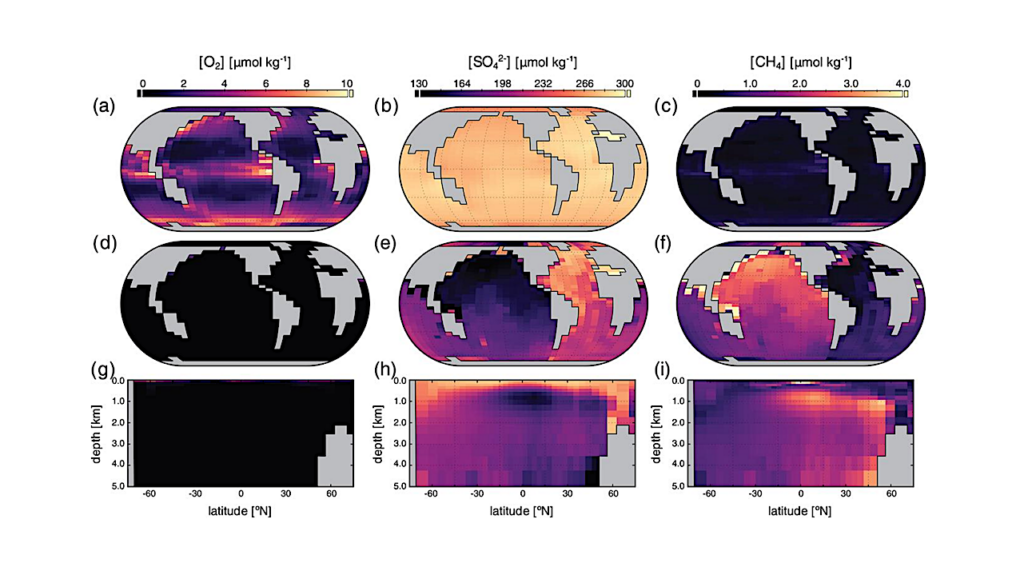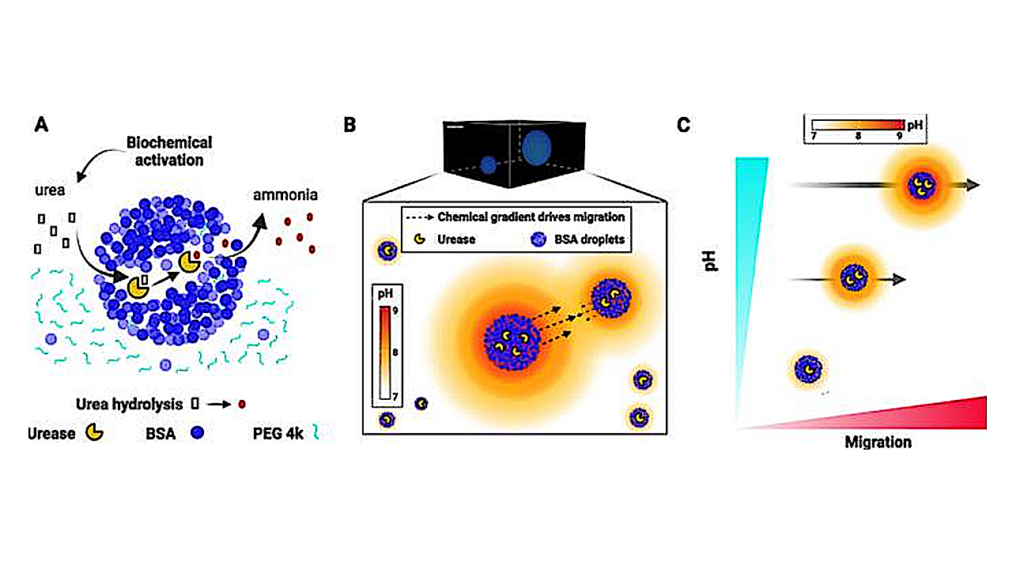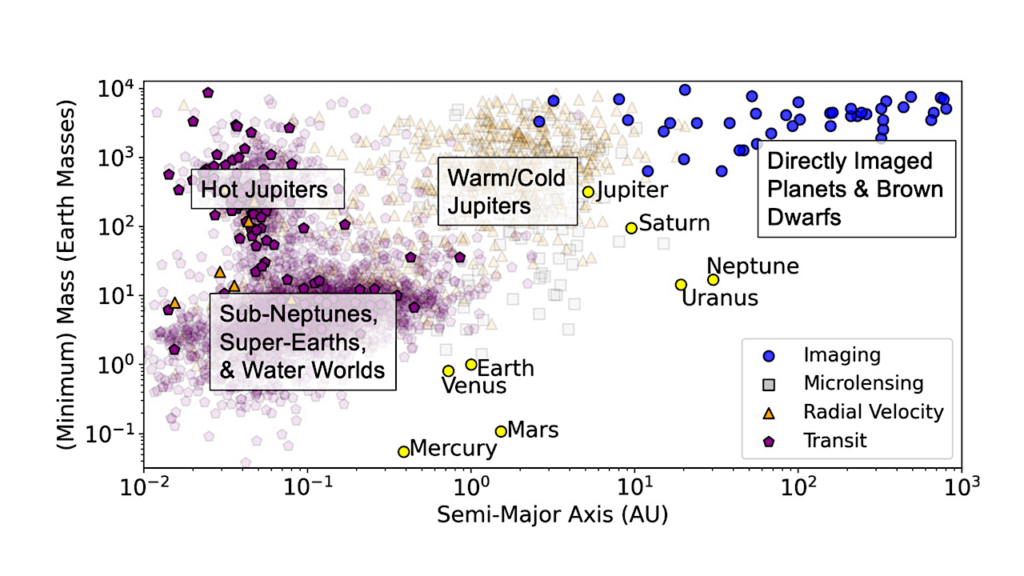New Insights into Cosmic Ray induced Biosignature Chemistry in Earth-like Atmospheres

With the recent discoveries of terrestrial planets around active M-dwarfs, destruction processes masking the possible presence of life are receiving increased attention in the exoplanet community.
We investigate potential biosignatures of planets having Earth-like (N2-O2) atmospheres orbiting in the habitable zone of the M-dwarf star AD Leo. These are bombarded by high energetic particles which can create showers of secondary particles at the surface. We apply our cloud-free 1D climate-chemistry model to study the influence of key particle shower parameters and chemical efficiencies of NOx and HOx production from cosmic rays.
We determine the effect of stellar radiation and cosmic rays upon atmospheric composition, temperature, and spectral appearance. Despite strong stratospheric O3 destruction by cosmic rays, smog O3 can significantly build up in the lower atmosphere of our modeled planet around AD Leo related to low stellar UVB. N2O abundances decrease with increasing flaring energies but a sink reaction for N2O with excited oxygen becomes weaker, stabilizing its abundance. CH4 is removed mainly by Cl in the upper atmosphere for strong flaring cases and not via hydroxyl as is otherwise usually the case. Cosmic rays weaken the role of CH4 in heating the middle atmosphere so that H2O absorption becomes more important. We additionally underline the importance of HNO3 as a possible marker for strong stellar particle showers. In a nutshell, uncertainty in NOx and HOx production from cosmic rays significantly influences biosignature abundances and spectral appearance.
Markus Scheucher, J. L. Grenfell, F. Wunderlich, M. Godolt, F. Schreier, H. Rauer
(Submitted on 7 Aug 2018)
Comments: Manuscript version after addressing all referee comments. Published in ApJ
Subjects: Earth and Planetary Astrophysics (astro-ph.EP)
Journal reference: The Astrophysical Journal, 863(1), 2018
DOI: 10.3847/1538-4357/aacf03
Cite as: arXiv:1808.02347 [astro-ph.EP] (or arXiv:1808.02347v1 [astro-ph.EP] for this version)
Submission history
From: Markus Scheucher
[v1] Tue, 7 Aug 2018 13:16:40 GMT (4752kb,D)
https://arxiv.org/abs/1808.02347
Astrobiology








